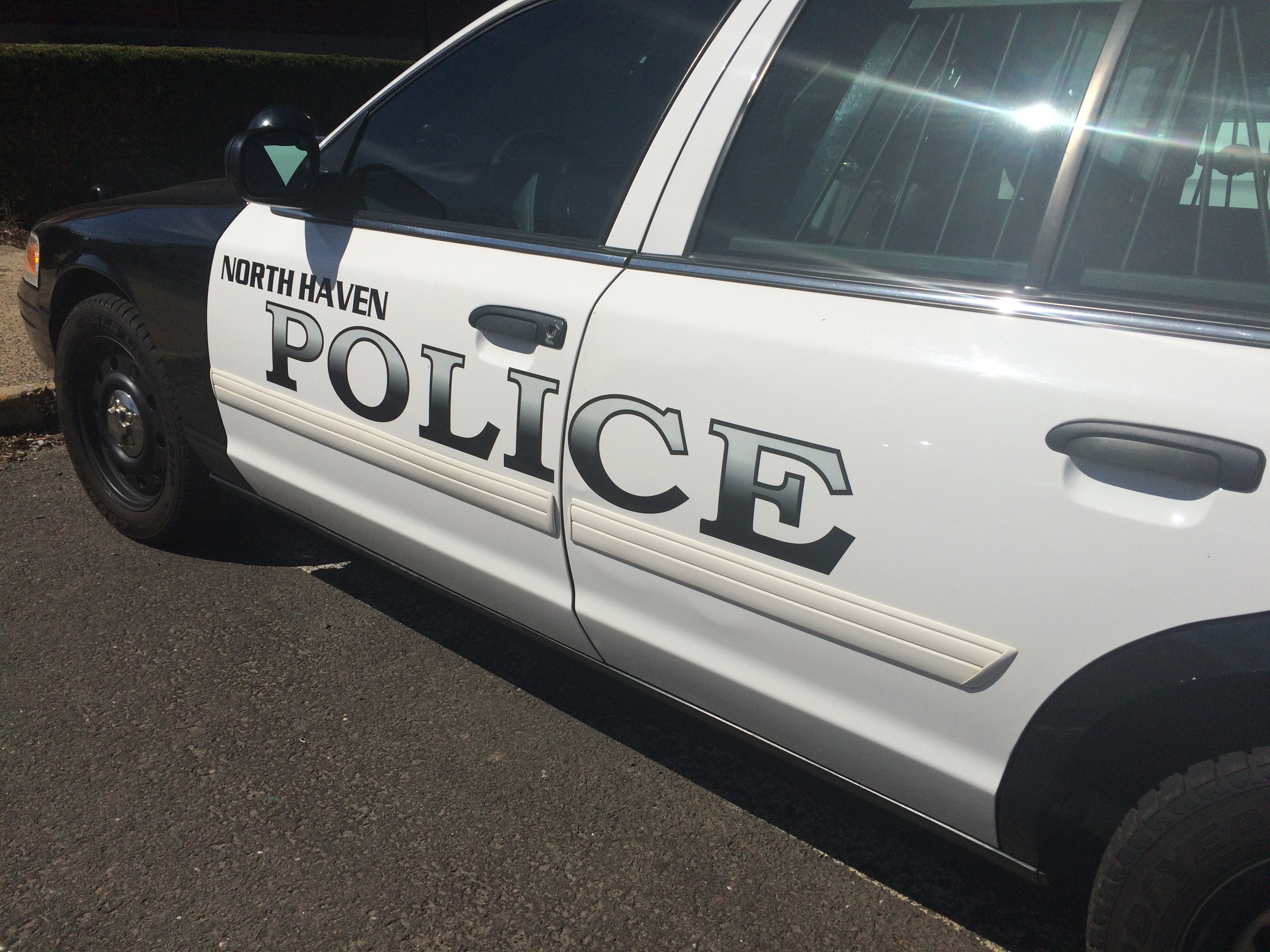Susan Clarke survived the crash that took the life of a driver heading the wrong way on Route 9 in Newington five years ago.
"The only thing I remember was seeing the lights and that was it," Clarke said." It was so fast. I didn't have time to get scared."
Doctors told her that even after six surgeries, her life would never be the same again; she had shattered her ankle, almost severed her foot and broke a total of 27 bones.
The Connecticut Department of Transportation (CTDOT) has been taking a number of steps to prevent wrong-way driver crashes, one of the most deadly accidents drivers risk, but could the agency go even further?
State data shows since 2003, 51 people have been killed in wrong-way crashes on Connecticut highways. The CTDOT said the data also shows most wrong-way crashes are caused by impaired drivers, which was the case when Clarke was hit.
Over the past few years, the CTDOT has updated and upgraded all its signs on almost 700 highway off-ramps in the state, to the tune of more than $5 million.
Local
"The new signage that we’ve installed is larger, more reflective, is actually lowered so it is more in line with the driver’s line of sight," Kevin Nursick, a spokesman with the CTDOT, said.
Rhode Island has already devised a system for two dozen wrong-way hotspots. These off-ramps have activating LED lights, ringing sirens and highway message signs alerting people on the road about the potential wrong-way driver. Nearly 20 months in, Rhode Island has had zero reported crashes, zero reported injuries and zero reported fatalities.
"It's dynamic, it flashes, it’s bright, it’s in your face. It’s something you don’t typically see, so it automatically draws your attention to it,” Nursick said.
Since many of the drivers in wrong-way crashes don't survive, it's difficult to determine where they got onto the highway going the wrong way.
"Knowing exactly where to put those in is going to be the challenging part," Eric Jackson with the UConn Crash Data Repository, said. "To determine exactly where those hot spots are and those confusing interchanges where people are going the wrong way."
CTDOT is looking at the data and collaborating with state police to figure out where the state’s top wrong-way driving hotspots might be. In as soon as six months, Connecticut may have some of the same wrong way crash prevention methods used on Rhode Island highways.
"I would want to have anybody do anything to prevent what happened to me," Clarke said.
While Connecticut spent more than $5 million to upgrade its wrong-way signs, Rhode Island said it cost about $600,000 to install the motion-activated prevention measures in its wrong-way hotspots.



